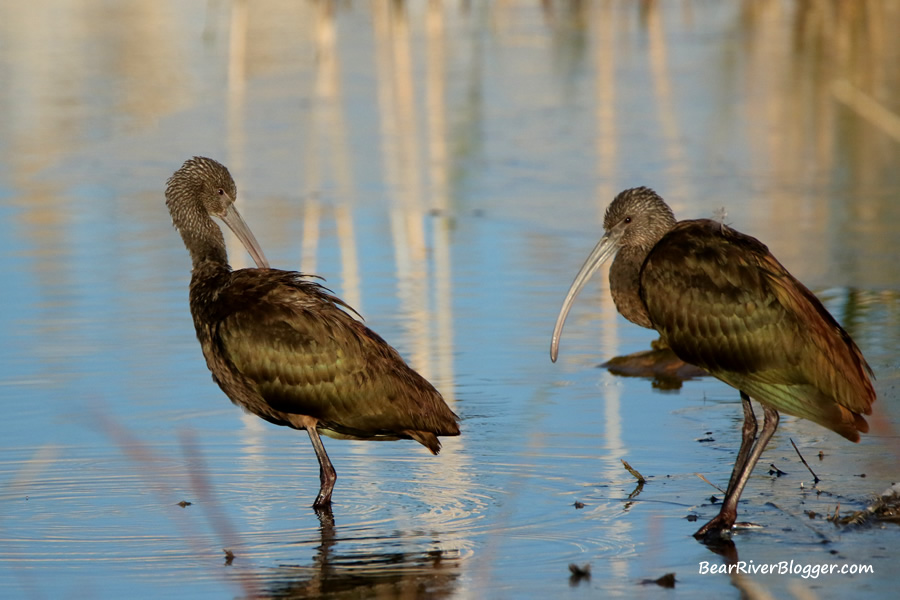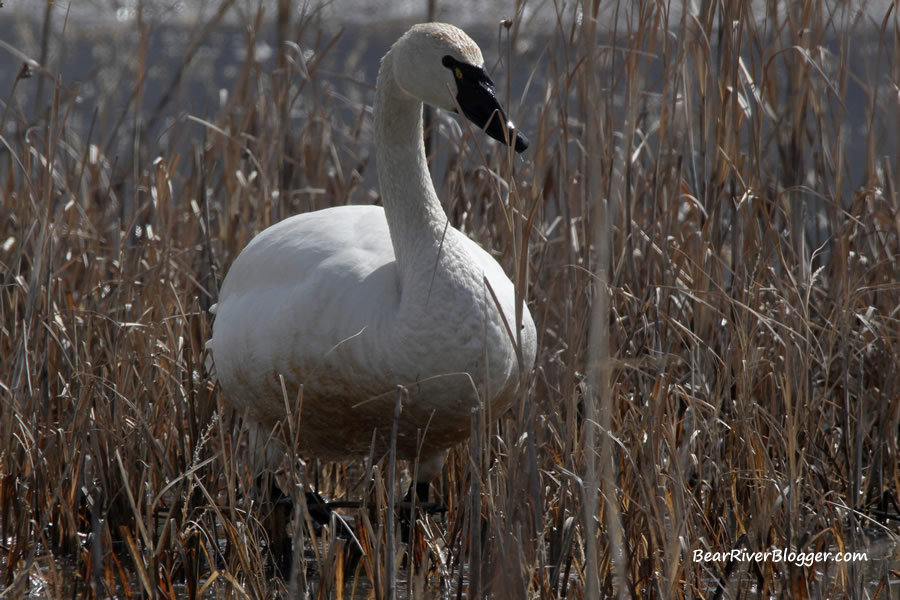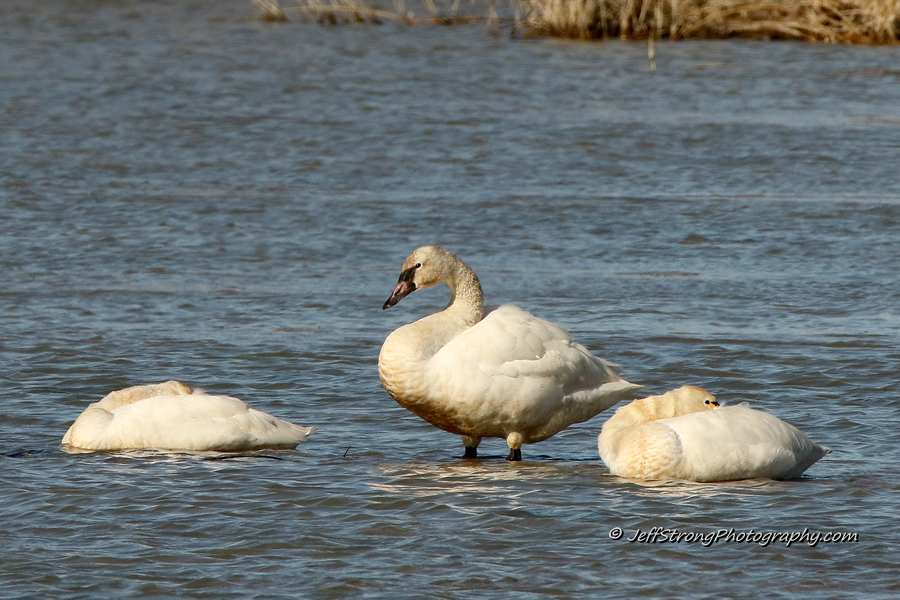I won’t beat around the bush with a long intro here but, well, just fess up and come out and say it already I guess.
As hard as it is for me to admit, this year as a whole, with the current fall season as a prime example, has been uncharacteristically spotty at best for me regarding both birdwatching and photography on the Bear River Migratory Bird Refuge.
I have really struggled to find and, even more so, photograph even common, ordinary birds on many of my trips to the bird refuge and I’m not certain why that is since my experience visiting the refuge can be measured in decades and not just in years.

Don’t get me wrong, however, as there have been a few really good days in the past couple of months, for example, where it seemed interesting birds were around every corner of the refuge auto tour route, enough at least for even a casual birdwatcher such as myself to find, but there has also been a lot of days very similar to how today started out when nothing, and I mean literally nothing, in the way of birds was being seen on the first half of the auto loop no matter how slow I drove or how intently I searched.
Somedays the birds just aren’t there and, honestly, I’ve had quite a few of them kinds of birding days this year on the Bear River Migratory Bird auto tour route for some strange reason and today was seemingly starting out to be one of them, or so it appeared.
It wasn’t until I had reached the halfway point that I came across my first bird sighting of any high interest, a pair of white-faced ibis casually standing in a slightly frozen, shallow stand of water on the far western portion of the auto loop and quite out of character I might add as the ibises have migrated out several weeks ago.
And while I was photographing the pair of white-faced ibis a sizable flock of Wilson’s snipe in the foreground caught my attention as well but I’ll write about that encounter in an upcoming blog post so subscribe to our blog and stay tuned.

What I did, however, want to mention about today’s birdwatching trip on this particular blog post was the tundra swans have suddenly started to arrive at the Bear River delta, namely the acreage that make up the bird refuge itself and all of the surrounding private and state-owned wetlands, in very noticeable numbers as their trademark call can easily be heard and snow-white plumage easily seen from several miles away.
I didn’t see any tundra swans this morning as I drove the refuge auto tour route itself, unfortunately, but there were plenty of swans to be seen from a slight distance as I stood on the lower portion of Forest Street and looked across the river to the north as shown in the video below.
Due to hunting pressure for tundra swans on the Bear River Migratory Bird Refuge, fall migration isn’t the best time of the year to view and photograph the migrating swans, February and March are, as most of these large majestic birds are subsequently pushed into the closed areas of the refuge, far out of reach for even the best of cameras to capture a decent photograph.
But the good news is there are thousands upon thousands of swans that stop over on the refuge this time of year so if this is your only chance to visit the bird refuge to see the swans, it is still worth it but make note that most of the swans are typically viewed from quite a distance, unfortunately, due to hunting pressure on the refuge.
(Tundra Swans Are Once Again Showing Up On The Bear River Migratory Bird Refuge For Fall Migration. For short nature clips, announcements, and interesting stories about the natural world around us, check out our Bear River Blogger channel on YouTube for videos and updates from our travels while out in nature, both on and off of the famed Bear River Migratory Bird Refuge.)
Today was a good example of that as the image above depicting a flock of tundra swans off in the distance was the only decent swan picture I came home with this morning as the swans were all just too far away this morning to photograph with any amount of success.
(In full disclosure, the solitary swan image above wasn’t photographed today but on a previous year’s trip to either the bird refuge or Farmington Bay WMA, I forget which one it was actually.)
But the tundra swans are indeed showing up now on and around the refuge and for the next month their numbers will continue to climb and peak sometime during the month of November before the first hard freeze pushes them further south towards their final destination in northern California.
So if you are itching to get out and see some swans on the bird refuge this fall, the next few weeks is the time to do it but just keep in mind it is waterfowl hunting season so you might need a good pair of binoculars or a spotting scope to get a good view of the tundra swans or just wait until spring migration when it is much easier to view and photograph the migrating swans, at least in my experience that is.
If you are a birdwatcher and nature enthusiast like me, I offer you to head on over to our subscribe page and sign up for email notifications for future blog posts where we share our images and stories about our photography excursion on and off of the famous Bear River Migratory Bird Refuge.







